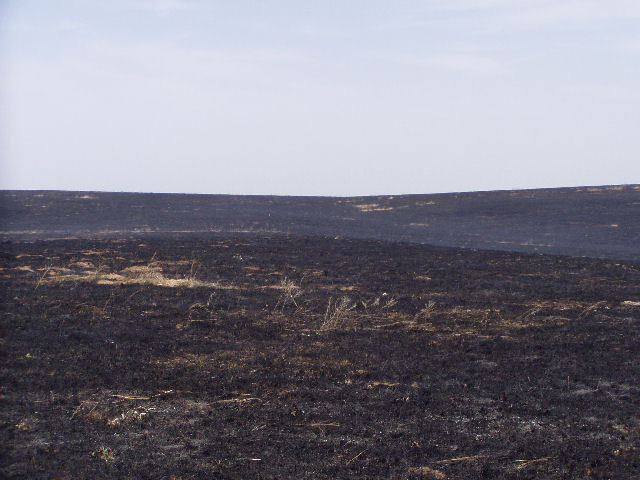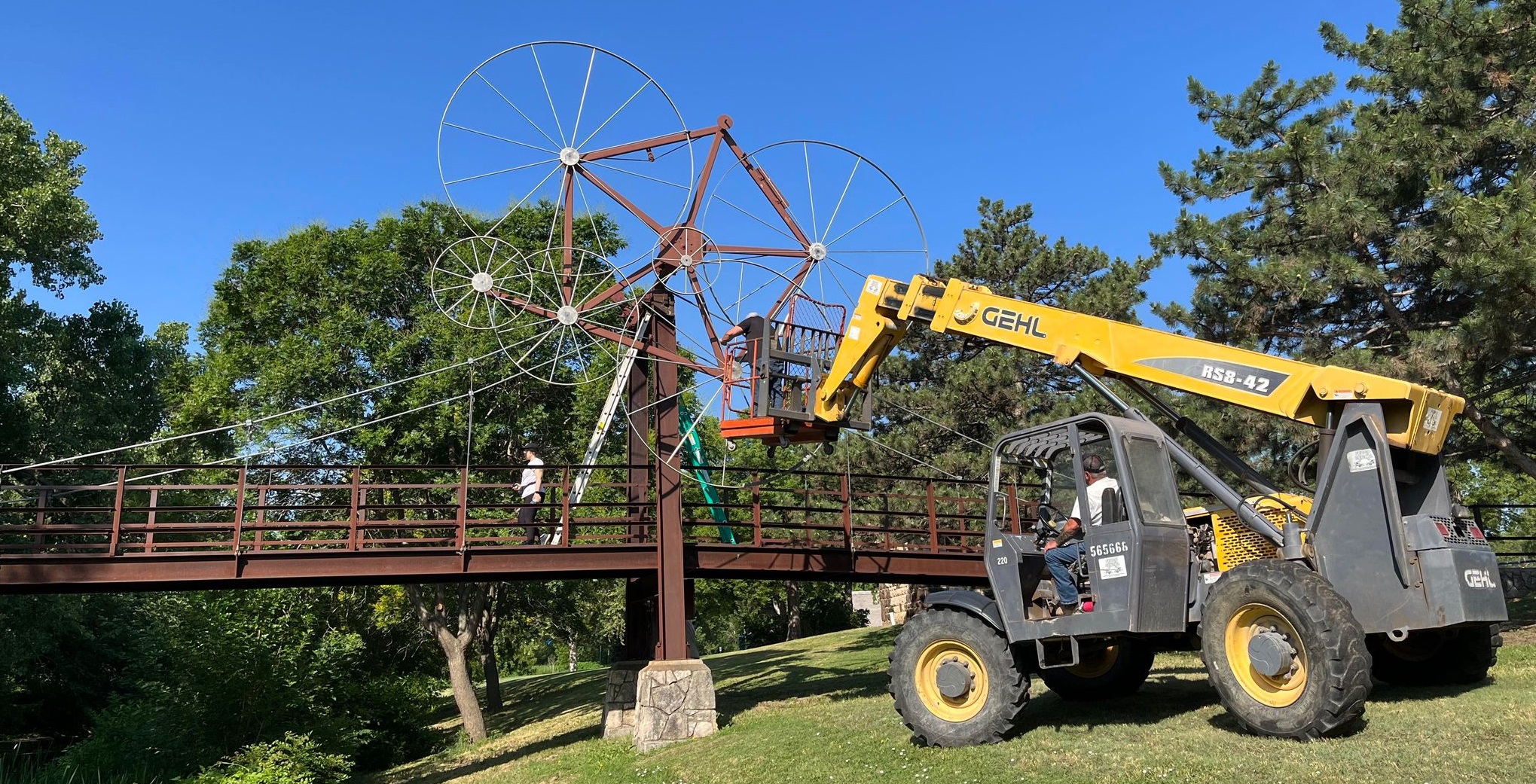With a perfect storm of heavy fuel, high winds and low humidity, wild fires roared through 23 Kansas counties in early March. One of the largest burned more than 800 square miles in Clark and Comanche counties, scorching more than 80 percent of Clark County. The fires had a devastating impact to those who lived and worked in the area, destroying homes, fences, livestock feed and killing cattle.
The “Starbuck Fire” that burned Clark County was particularly fearsome because of the speed at which it spread. Witnesses estimated that it was at times charring the land at an incredible 50-60 mph. At that speed, some livestock and wildlife couldn’t get to safety.
While there isn’t an official assessment of the fire’s impact on wildlife, first-hand accounts from those who witnessed the fire’s aftermath provide insight. Reports indicate that this fire killed deer, pronghorn, coyotes, and rabbits, as well as other wildlife.
Rough estimates indicate that 25 percent to 30 percent of deer inhabiting the burned area may have been killed and as much as 70 percent of the small number of pronghorn that lived in the area may have been killed. There were few reports of quail mortality, though it’s likely there will be indirect impacts due to lack of cover early in the growing season. There were reports of lesser prairie chicken mortality, but birds have since been observed on leks in burned areas.
In terms of deer management, the burned area makes up about 20 percent of Deer Management Unit 16, so the loss of deer for the unit is estimated at about 5 percent.
Regulations allowing just one whitetail antlerless-only permit in Unit 16 were initiated in 2015 and will be kept in place this season. Additionally, the January 2018 extended antlerless season will be just one day long.
The prairie and native wildlife species have evolved with fire, and though this fire was particularly severe, both will recover. Though only time, resilience, and Kansas generosity will heal this fire’s scars, a silver lining is that the prairie eventually will be better than before. Kansas Department of Wildlife, Parks and Tourism staff extend their sympathies to those impacted by this fire and will continue to monitor the recovery.
—
Story from Kansas Department of Wildlife, Parks, and Tourism



